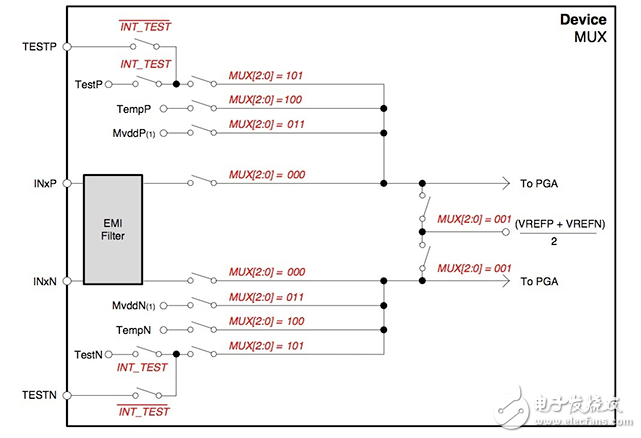
资料下载

×
专业设备带来同步的物联网传感器融合
消耗积分:0 |
格式:rar |
大小:0.32 MB |
2017-05-10
专业设备带来同步的物联网传感器融合
传感器融合几乎是不言自明的,因为它结合了来自多个传感器的数据,以提供信息在更广泛的范围内比通常可能与一个单一的传感器。然而,解释它和做它之间有一个明显的区别-可靠。传感器的读数没有紧密同步,传感器融合算法迅速失去精度,并可能提供误导性的结果。
为了避免这种情况,有集成电路,提供更先进的多通道信号转换的功能,让设计师更容易建立起能够多传感器精确测量系统,同时保持高可靠性传感器融合应用需要紧密同步。

Whether for the Internet of Things (IoT), standalone embedded, or any sensor processing application, simultaneous multichannel data acquisition can bring dramatically different requirements for accuracy, dynamic range and bandwidth. For example, a multi-sensor array for capturing events in high-energy physics experiments requires ultra-high-speed flash converters with dedicated signal channels capable of highly synchronized conversion at gigahertz frequencies. In contrast, a simple 8-bit MCU with integrated ADC might be sufficient to capture temperature, wind, and atmospheric pressure every few minutes for a weather-monitoring system.
For the IoT, many sensor-fusion applications are likely to present requirements that fall somewhere between those extremes – with the added requirement for a simplified design, small footprint, and low power consumption. Within this broad range, however, IoT designers nevertheless can face requirements for specialized signal chains comprising optimized components or face requirements for compact, highly integrated systems. Regardless of the implementation approach, the goal remains the same: ensure reliable, simultaneous conversion across multiple sensors.
声明:本文内容及配图由入驻作者撰写或者入驻合作网站授权转载。文章观点仅代表作者本人,不代表电子发烧友网立场。文章及其配图仅供工程师学习之用,如有内容侵权或者其他违规问题,请联系本站处理。 举报投诉
评论(0)
发评论
- 相关下载
- 相关文章






